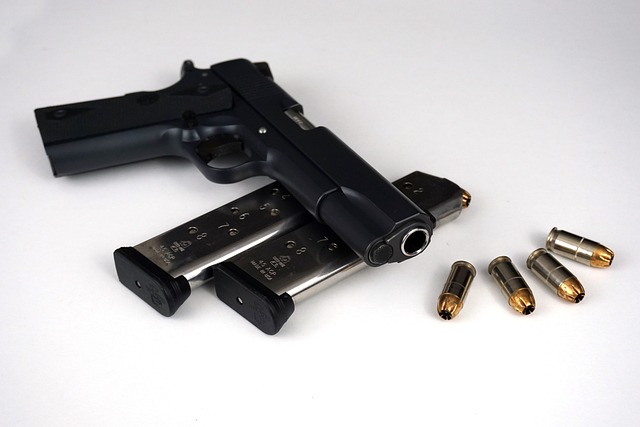

Gun Violence
The Problem
In 2022, there were nearly 50,000 gun deaths in the United States. While much lower than other causes of death, fire-arm related incidents have become the leading cause of death for children and teenagers. Of the nearly 50,000 gun deaths, about 40% are homicides and 54% are suicides. Firearms account for more than half of all suicides.
Major factors contributing to gun violence include:
- The prevalence of guns: The United States has more firearms than people, an estimated 400 million guns for a population of about 330 million.
- The gun culture: Guns hold a significant cultural role in many parts of the United States, where firearms are viewed as symbols of personal freedom, protection, and even identity.
- Economic inequality and poverty: Economic hardship, limited access to a quality education, and lack of employment opportunities can fuel gun violence, especially in underserved communities.
- Domestic violence: Guns are frequently involved in domestic violence incidents, and the presence of a firearm in the home significantly increases the risk of a lethal outcome.
- Mass shootings: The United States experiences a disproportionately high number of mass shootings, exacerbated by the easy access to high powered weapons capable of killing and wounding large numbers of people in a short time.
- Political polarization and legislative gridlock: The debate over gun control in the United States is deeply polarized, with strong opposition to even moderate gun safety reforms from major political groups and gun rights activists.
- The Supreme Court: Recent Supreme Court decisions have limited or even undercut the ability of state and federal governments to pass and enforce common sense gun reforms.
The Solution
As the causes of gun violence are many and complex, and so are the potential solutions.
Commonly proposed solutions include:
- Universal background checks: Research has shown that states with stricter background check laws tend to have lower rates of firearm deaths.
- Red Flag laws (Allowing law enforcement or family members to petition a court to temporarily remove firearms from individuals deemed a danger to themselves or others): Studies in states that have implemented such laws suggest a reduction in gun suicides and the prevention of potential mass shootings.
- Assault weapons and high-capacity magazine bans: Studies conducted after the 1994 Federal assault weapons ban (which expired in 2004) showed that such bans can reduce fatalities in mass shootings.
- Stricter firearm licensing and training requirements: Involves requiring gun owners to obtain a license and undergo training. The available evidence shows that states with strict licensing requirements have lower gun violence rates.